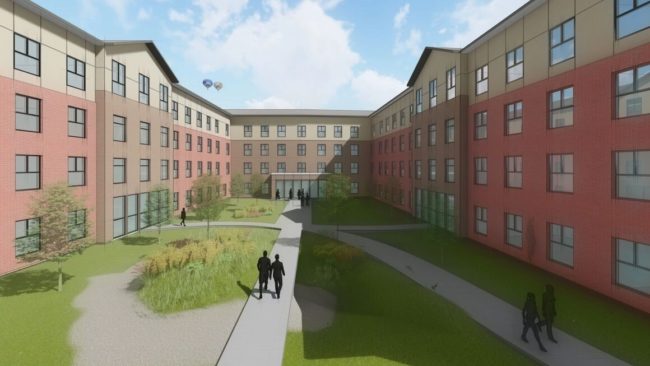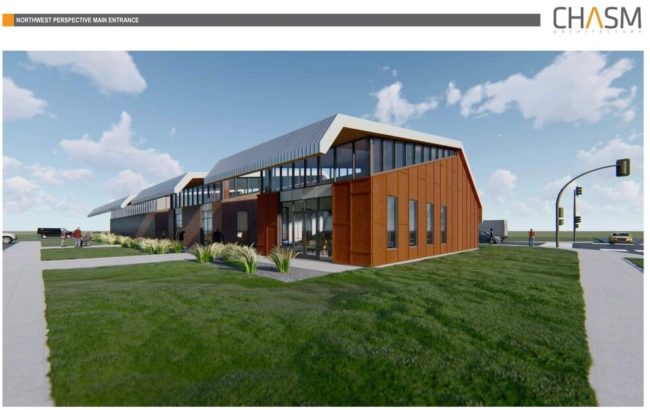How Historically Black Colleges And Universities Can Make The Most Of Their Property Through New Partnerships
By: Dee Brown – Published 3/12/2021 by Forbes.com The December 2020 stimulus bill forgave more than $1.3 billion in federal debt for Historically Black Colleges and Universities. The debt had many HBCUs saddled for decades with more than 40 of these institutions carrying federal debt on their books for facility and infrastructure improvements. As part of the…
Details



